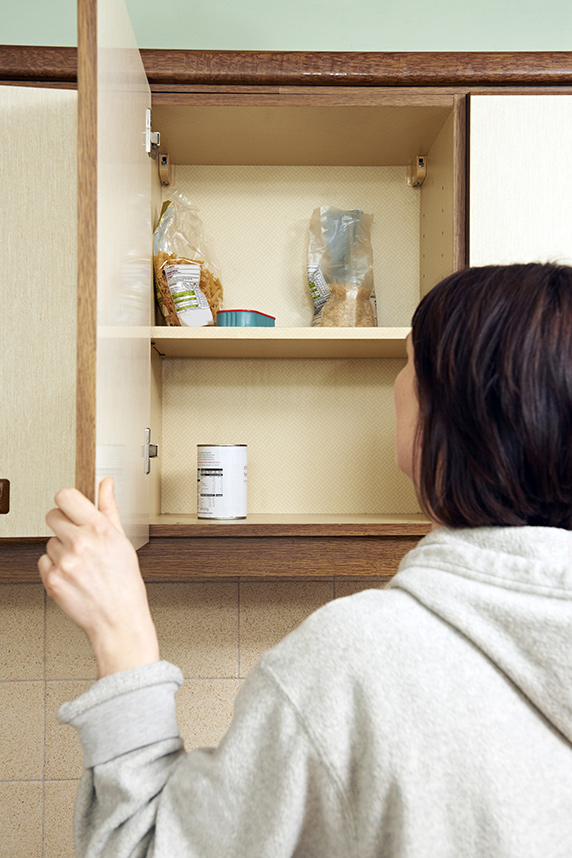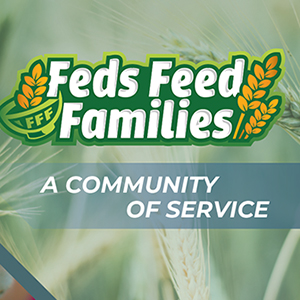In a summer when more people than ever are faced with food insecurity due to the COVID-19 pandemic, the government’s Feds Feed Families (FFF) campaign is entirely virtual. NIEHS co-sponsors the food drive each year with Association of Federal and Government Employees Local 2923 and the Research Triangle Park Chapter of Blacks in Government.
 Food pantries use cash donations to meet needs for quantity or specific items in short supply. NIEHS employees can donate food and cash through online transactions while working from home.
Food pantries use cash donations to meet needs for quantity or specific items in short supply. NIEHS employees can donate food and cash through online transactions while working from home.The drive launched June 1 and runs through July 31. NIEHS coordinator Monya Brace, from the Office of Management, explained that federal employees can still help.
 Brace said that coordinating Feds Feed Families each year is one of the most rewarding parts of her job. (Photo courtesy of Steve McCaw)
Brace said that coordinating Feds Feed Families each year is one of the most rewarding parts of her job. (Photo courtesy of Steve McCaw)- Donate groceries online: Purchase food via your favorite online grocer and have it delivered directly to a food bank or pantry of your choosing.
- Donate money online: Donate money to a food pantry or food bank of your choosing.
A third option, donating to a food bank or food pantry through the Combined Federal Campaign, ended on June 30.
Record-breaking need
Although participants can donate to any food bank or food pantry, NIEHS traditionally gets food to those who need it by partnering with the Durham Rescue Mission and the Food Bank of Central and Eastern North Carolina, Durham Branch.
In the month of April alone, the Food Bank of Central and Eastern North Carolina distributed 7.68 million pounds of food, underscoring the economic impact of COVID-19. It was the largest monthly distribution in the Food Bank’s 40-year history up to that point.
- Durham Rescue Mission – Accepts direct donations and has a wish list of items to help prevent spread of COVID-19. The address for food deliveries is 1201 East Main Street, Durham, NC 27701.
- Food Bank of Central and Eastern North Carolina – Accepts direct donations. Every $10 you give provides 50 meals. The address for food deliveries is 2700 Angier Avenue, Suite A, Durham, NC 27703.
 With record rates of unemployment across the country, food insecurity is widespread and food pantries need help restocking their own cupboards.
With record rates of unemployment across the country, food insecurity is widespread and food pantries need help restocking their own cupboards.“This is a great way for NIEHS to show our concern for the well-being of our neighbors in the local area and broader North Carolina community,” wrote NIEHS Director Rick Woychik, Ph.D., in a message to employees.
Record your donation
Because donations go directly to any food-related organization that a donor chooses, online tracking is the only way organizers have to measure the drive’s impact. “With this new way of giving, it’s vital that donors follow this link to record their donation,” said Brace. “We want to use the forms of outreach our staff find most effective in case we ever have to do it this way again.”
According to Brace, during last year’s drive NIEHS employees donated 3,470 pounds of food, hygiene, and household cleaning products.










